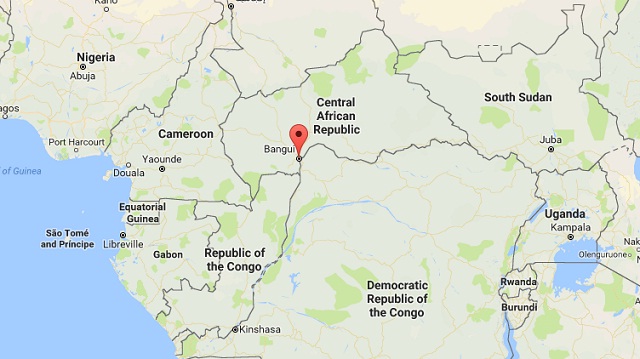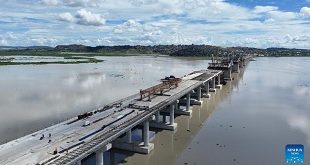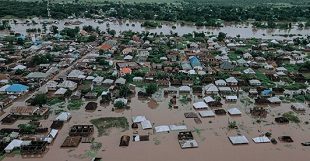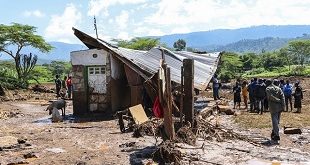
Bangui, Central African Republic | AFP | Nearly three weeks after more than two dozen people were killed in the worst fighting in the Central African Republic’s capital since 2015, what happened on that fateful day remains clouded by contradictions.
On April 10, hours-long clashes unfolded in a mainly Muslim flashpoint district, sparking a wave of anger at UN peacekeepers tasked with shoring up the volatile nation.
According to the UN mission MINUSCA, the fighting began when a joint patrol of Rwandan UN troops and the Central African army (FACA) was attacked on the outskirts of the mainly Muslim PK5 district as they pursued a security sweep against militia groups.
Hospital workers say 27 people were killed and more than a hundred injured — a toll that mounted over several days as casualties were brought in. One of the fatalities was a UN soldier.
In a dramatic protest, local people brought in 17 bloodied corpses with bullet wounds the day after the killing and laid them in front of the UN base in the centre of Bangui.
They said the fatalities were simply unarmed civilians — a version fiercely contested by MINUSCA, which is struggling to overcome accusations of inaction and sexual abuse by some of its troops in the past.
“We need to find out if it was the peacekeepers or the FACA who shot these people, and if so, whether they were unarmed civilians or fighters,” said an observer, speaking on condition of anonymity.
One of the UN’s most ambitious peacekeeping operations, MINUSCA deployed 12,000 troops and police to CAR, which exploded into bloodshed after the 2013 overthrow of longtime leader Francois Bozize by a mainly Muslim rebel alliance, the Seleka.
Bozize’s successor, Faustin-Archange Touadera, elected in 2016, can only claim to control a fraction of the country — the rest is in the sway of ex-rebels and vigilante militias.
– ‘Just a trader’ –
One of the fatalities on April 10 was Oumar Ibrahim Bachir. “He was just a trader,” his uncle, Zubeir, told AFP last Monday. “That day, he went out to buy medicine for his child at the Sambo pharmacy. He was shot in the jaw and in the back.”
“My son Abbas Mahamat Ali was repairing a motorbike when he was shot in the throat and the heart, around 4:00 pm,” Ousmane Sileyman told AFP.
“He never worked for any self-defence group,” Sileyman added — a reference to the ex-Seleka rebels and the so-called anti-Balaka, a militia that emerged in largely Christian communities.
Adam Kadjam was a basketball player at Bangui’s Red-Star Ndongo Club.
“He was the most serious of the group, highly respected,” said the club’s secretary, Habib de Wilfried Mazangue, who said he was “devastated” by Kadjam’s death.
“Adam was in my mother’s house. When the gunfire began, people called for him to come to my place. He got out by the Red Cross centre and was shot in the back of the head,” said Moussa Kadjam, his brother. “He had nothing to do with the self-defence groups.”
– Investigations –
A committee has been formed in PK5 to count and identify victims of the battle, while MINUSCA has opened an internal inquiry.
In spite of autopsies undertaken by UN experts in the morgue of the communal hospital, along with ballistic analysis and the gathering of testimony from witnesses, questions remain unanswered.
Were there militia fighters among the 27 dead? If so, how many of these men were killed? Who did the killing?
The distinction between fighters and civilians is sometimes tricky to make in the PK5 district, which has been a battleground on and off for years.
“Local people got mixed up in the war, some of them also possess weapons,” one community leader told AFP, asking not to be named.
Tensions within the PK5 district had also been running high, both between armed groups and between militia and traders fed up with paying extortion money. In November and December, two attacks left 14 dead and more than 20 injured.
For now, a UN source admitted to AFP: “The versions are contradictory. The fact is that we don’t know what happened.”
 The Independent Uganda: You get the Truth we Pay the Price
The Independent Uganda: You get the Truth we Pay the Price


